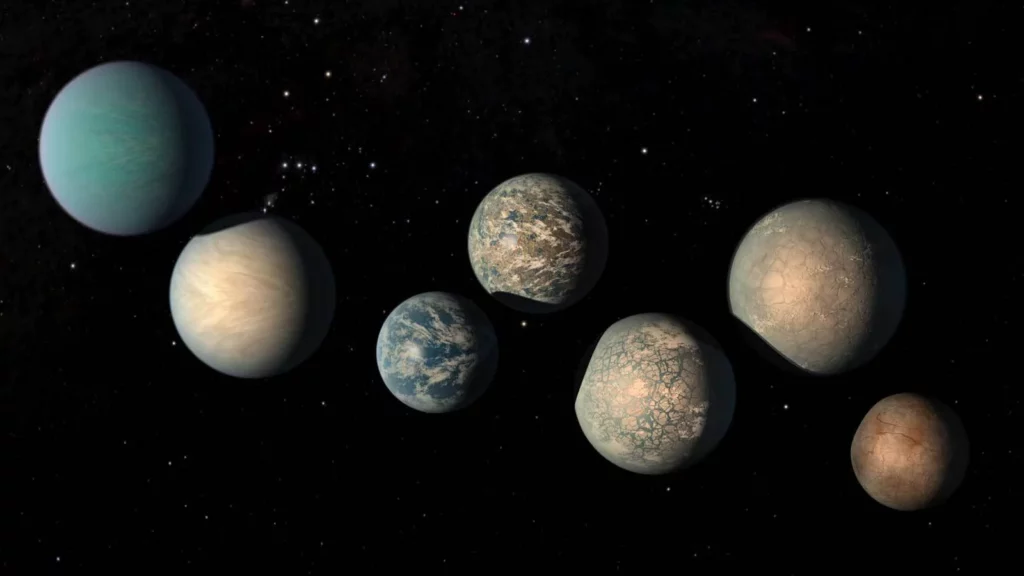Exoplanets: The Search for Habitable Worlds Beyond the Solar System

Explore the fascinating world of exoplanets and the ongoing search for habitable worlds beyond our solar system. Discover the diverse range of exoplanets, the methods used to detect them, and the factors that contribute to their potential habitability.
The quest for life beyond our solar system has captivated astronomers for decades. With the discovery of exoplanets, planets orbiting stars outside our solar system, the possibility of finding habitable worlds has become a thrilling reality. In this article, we delve into the fascinating field of exoplanet research, exploring the methods used to detect these distant worlds and the ongoing search for environments that could potentially support life.

The Rise of Exoplanet Discoveries
The first confirmed exoplanet discovery in 1995 revolutionized our understanding of the cosmos. Since then, advancements in technology and observational techniques have led to an explosion of exoplanet detections. Discuss the methods employed, such as the transit method and radial velocity technique, to identify exoplanets and gather valuable data about their characteristics.
Exoplanet Diversity
Exoplanets come in a wide range of sizes, compositions, and orbital configurations. Explore the different types of exoplanets, from rocky super-Earths to gas giants resembling Jupiter, and the significance of their proximity to their host stars. Discuss the concept of the habitable zone, the region around a star where conditions may be suitable for liquid water and potentially life.
Investigate the key factors that determine a planet's potential habitability. Discuss the importance of factors like temperature, atmospheric composition, and the presence of water in the search for habitable exoplanets. Highlight recent studies and findings that shed light on the habitability potential of various exoplanets.
Exoplanet Atmospheres and Biosignatures
Examine the crucial role of exoplanet atmospheres in the search for life. Discuss how scientists analyze the spectral signatures of exoplanet atmospheres to identify elements and compounds, such as water vapor, oxygen, or methane, which could indicate the presence of life. Highlight notable discoveries and the challenges associated with detecting biosignatures.
Highlight the cutting-edge technologies being developed and employed to advance exoplanet research. Discuss the role of space telescopes like the Kepler, TESS, and upcoming missions like the James Webb Space Telescope (JWST) in expanding our knowledge of exoplanets. Explore the potential of future missions and ground-based observatories to further enhance our understanding of these distant worlds.
Beyond Earth: Implications for the Search for Life
Discuss the profound implications of finding habitable exoplanets and the potential for life beyond Earth. Explore the philosophical, societal, and scientific implications of discovering extraterrestrial life or habitable environments. Consider the impact on our understanding of our place in the universe and the prospects for future exploration.
Conclusion: The search for exoplanets and habitable worlds beyond our solar system is a captivating scientific endeavor that fuels our curiosity about the cosmos and our place in it. With each new discovery, we inch closer to answering one of humanity's most profound questions: Are we alone in the universe? As technology advances and our knowledge expands, the prospect of finding life beyond Earth becomes increasingly promising, paving the way for exciting future discoveries.
Deja una respuesta

IMPRESCINDIBLES DE LA SEMANA